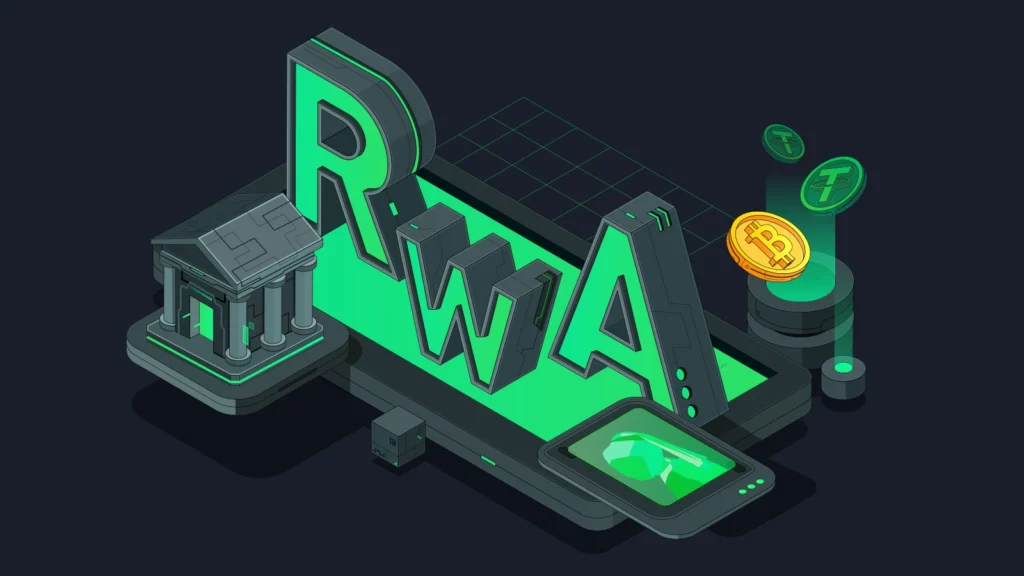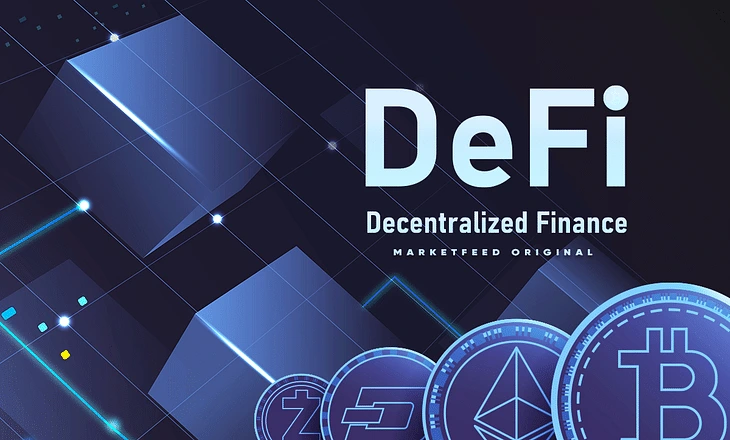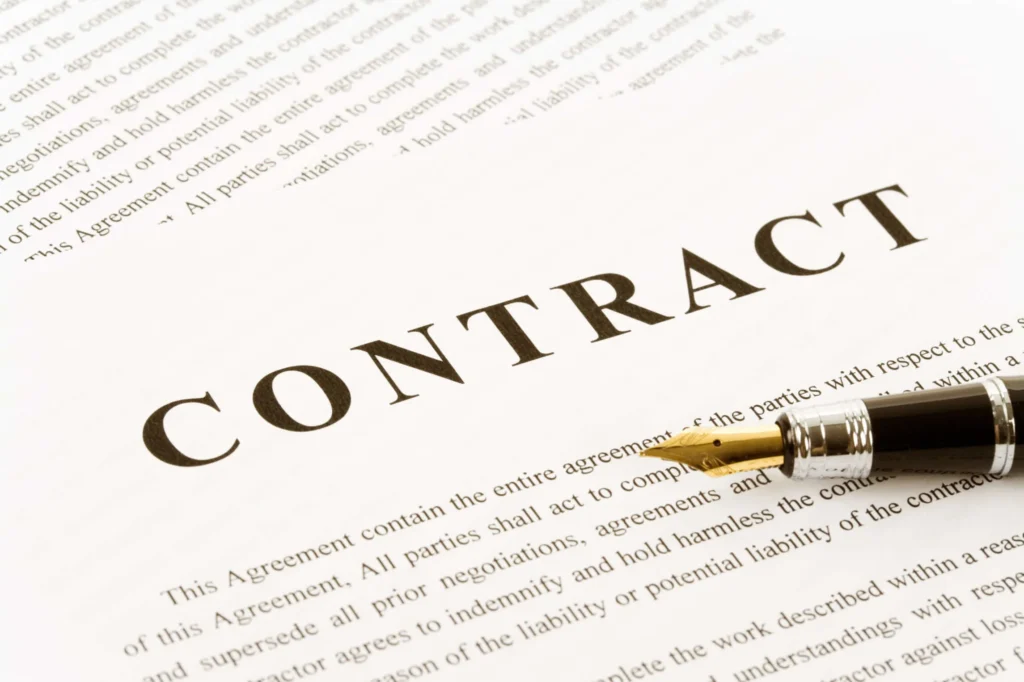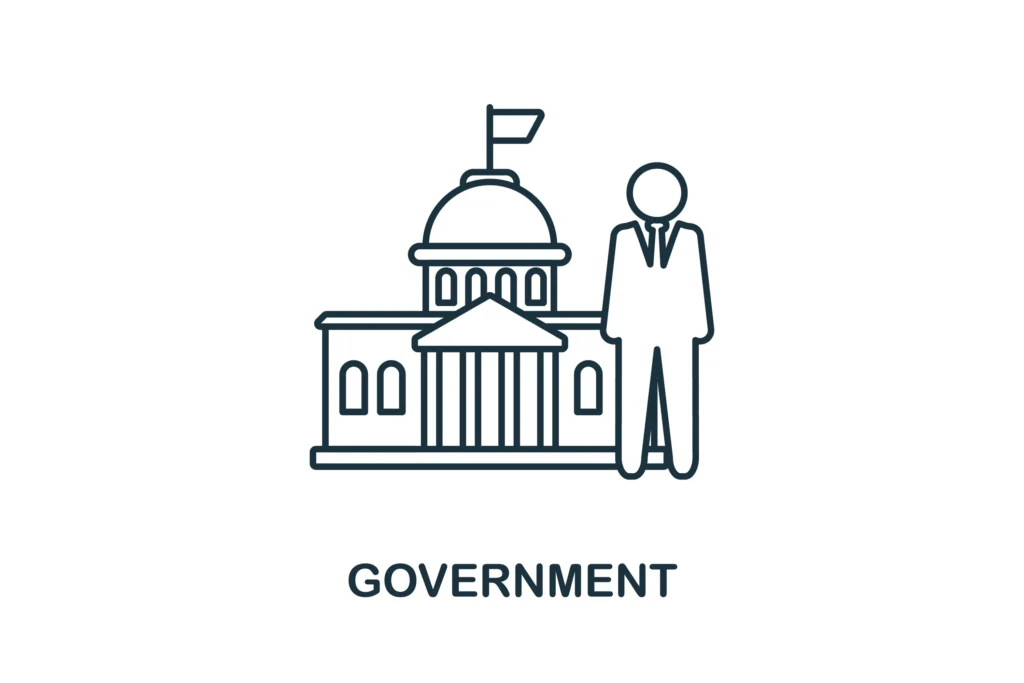RWA Disrupt Finance: 7 Myths You Should Stop Believing
The phrase “RWA disrupt finance” is gaining traction, but with hype comes confusion. RWA—Real-World Assets—refers to tokenizing physical or tangible assets (like real estate, invoices, or commodities) and putting them on the blockchain. Sounds revolutionary, right? Maybe. But let’s separate fact from fiction.
Here’s a myth-busting guide to what RWA can—and can’t—do for the future of finance.


Myth #1: “RWAs are just another type of crypto asset.”
Reality: Not quite. Unlike coins or NFTs, RWAs are backed by something tangible—a house, a shipment of coffee, or an invoice. Their value is rooted in the real world, and tokenizing them is about bridging TradFi (traditional finance) with DeFi.
RWAs aren’t replacing digital assets—they’re expanding what blockchain can represent.

Myth #2: “RWA tokens instantly make everything liquid.”
Reality: Liquidity is a major promise—but it’s not magic.
Yes, tokenizing a real-world asset can make it tradable 24/7, allow fractional ownership, and open it up to a global pool of investors. But there’s still infrastructure and regulation to catch up.
True liquidity only happens if buyers, sellers, and legal systems agree the tokens mean something.
Myth #3: “Tokenizing an asset removes all friction.”
Reality: It might remove some, but not all.
Smart contracts can streamline things like escrow, verification, and transfer. However, real-world complexities don’t vanish:
- What if a tokenized building burns down?
- Who updates the token metadata?
- How do you enforce ownership in court?
You still need legal clarity, off-chain agreements, and trusted custodians.


Myth #4: “Once on-chain, RWAs are fully transparent.”
Reality: Transparency is limited by data inputs.
Because RWAs rely on off-chain oracles—systems that bring real-world data to the blockchain—there’s always a risk of:
- Bad data
- Delays
- Manipulation
This “oracle problem” means on-chain doesn’t always mean accurate. Trust in the source still matters.
Myth #5: “RWAs are safe because they use smart contracts.”
Reality: Code isn’t foolproof.
Smart contracts reduce human error, but they’re vulnerable to bugs and exploits. And even if the code is perfect, bad actors can still commit fraud or misrepresent asset value.
Also, not all RWA platforms are decentralized. Some rely heavily on centralized asset custodians, which introduces traditional risks back into the equation.
Myth #6: “The regulatory path is clear.”
Reality: Far from it.
Governments and regulators are still figuring out how to classify tokenized assets. Are they securities? Commodities? Something new?
Until this gets sorted, uncertainty could slow adoption, limit innovation, or bring heavy compliance burdens.


Myth #7: “RWA will fully replace traditional finance.”
Reality: More like augment, not replace.
RWA isn’t a silver bullet. But it might be a stepping stone to more inclusive, efficient financial systems.
Imagine a world where:
- You can invest in real estate in Tokyo while living in Nairobi.
- Small businesses tokenize invoices to access fast, global liquidity.
- Institutions plug RWAs into DeFi protocols for better yield.
It’s early, but it’s happening—and fast.
Final Thought: So, Will RWA Disrupt Finance?
Yes—but not in the way headlines make it seem.
The real disruption lies in how RWA blurs the lines between digital and physical value. If done right, it could democratize access, reduce inefficiencies, and redefine trust in finance.
But there are still legal, technical, and market gaps to address.
So don’t buy the hype blindly—but don’t ignore it either. RWA disrupt finance? It just might. But only if we get past the myths and focus on building something that works in both code and court.
Relevant Link : Here



